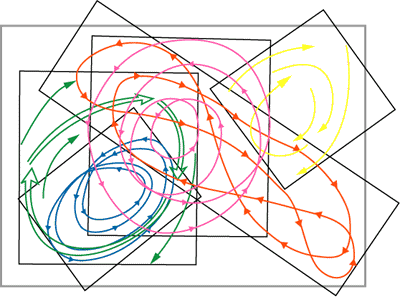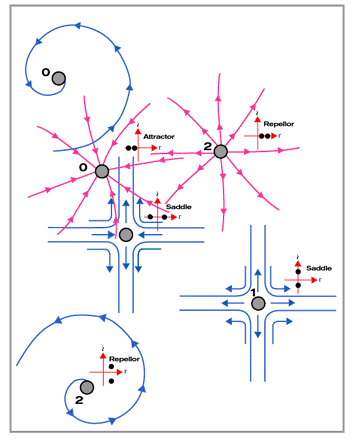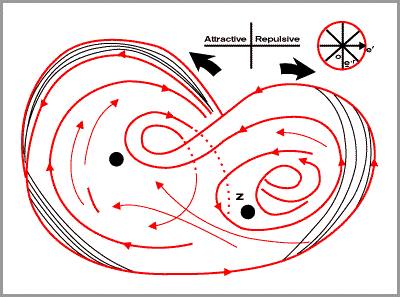 |
Complexity as Social Entailment
Keywords
chaos, near decomposability, probabilistic, hierarchical, attractor, span,
productions, uncertainty, self organization, entailment, agencies, adaptive
Description
Complex systems involve phenomena characterized by interactions of individual agencies
(sub-systems or elements), that self-organize at a higher systems level, and exhibit emergent
and adaptive characteristics. The complex behavior and hierarchical structures evidenced in
most social organizations suggest that the relationships of sub-organizational elements are such
that they perform specific autonomous functions are nearly decomposable.


